Archaeologists Discover Dozens of Tombs in an Ancient Egyptian Necropolis
Archaeologists have stumbled upon the remains of dozens of mummies in an ancient Egyptian necropolis not far from the banks of the Nile River in Aswan.
The mummified remains were found in tombs dated to the Greco-Roman era. Further investigation provided researchers with valuable insight into the lives and deaths of people living in this part of Egypt several thousand years ago.
Researchers Unearth Ancient Tombs Near Aswan
During an extensive excavation meticulously conducted by a joint team of Egyptian and Italian archaeologists just west of the city of Aswan, the researchers discovered the remains of dozens of tombs carefully positioned within the side of a hill.
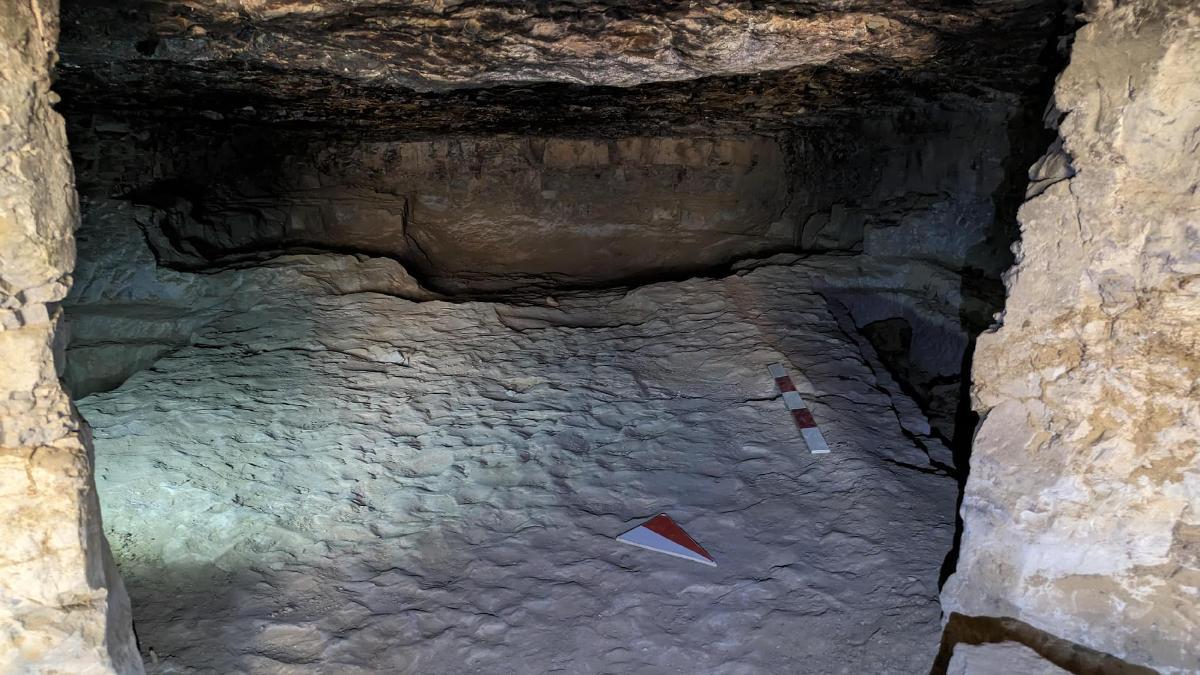
Source: Egyptian Ministry of Tourism and Antiquities
Reports suggest the tombs were unexpectedly discovered during an illegal excavation before the Egyptian government intervened and took over.
Over 30 Mummies Recovered by Researchers
According to a report from Live Science, researchers found the remains of over 30 mummies wedged into tombs overlooking the Nile River.
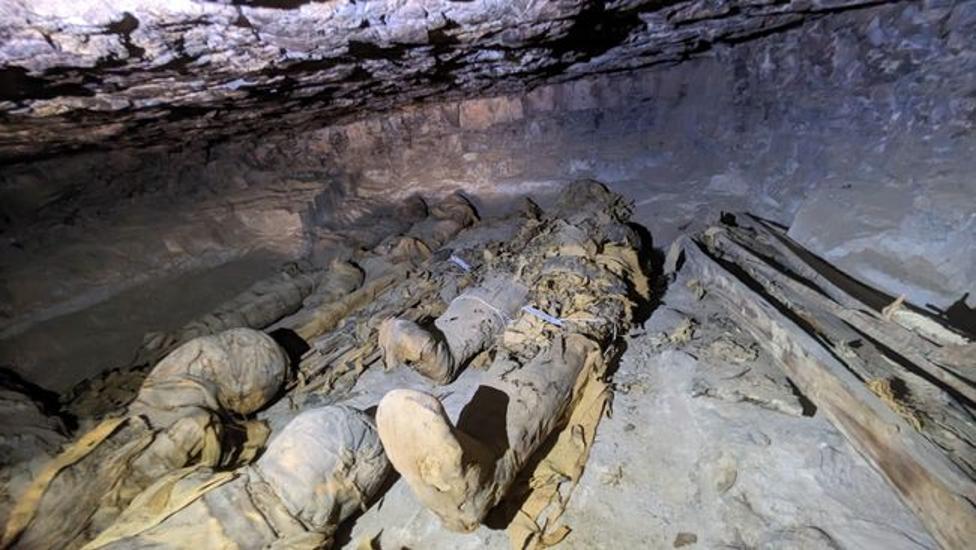
Source: Egyptian Ministry of Tourism and Antiquities
Archaeologists quickly determined that the burials date from around 332 BCE to approximately 395 CE, which aligns with Egypt’s Greco-Roman period.
The Artifacts Within the Tombs
The archaeologists determined the mummies likely belonged to extensive families who buried their dead alongside one another in the cemetery.
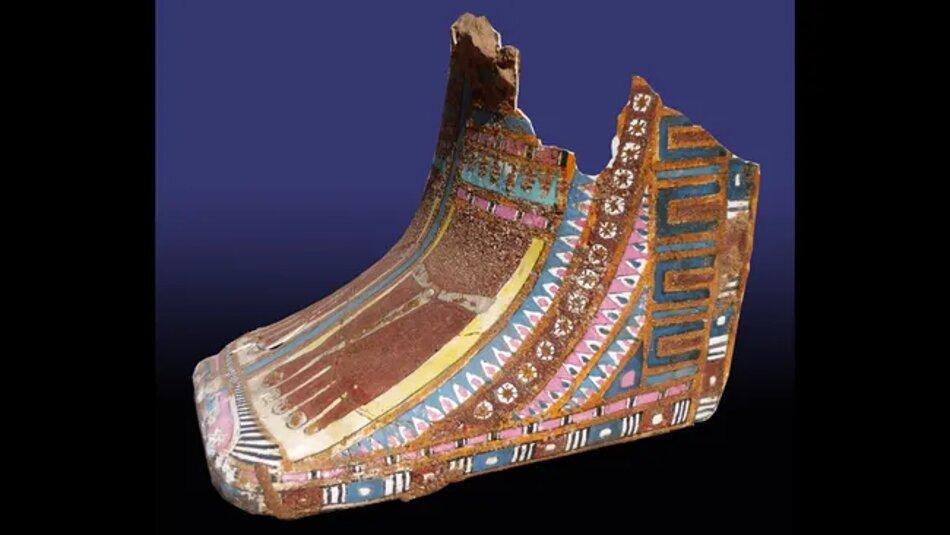
Source: Egyptian Ministry of Tourism and Antiquities
After carefully examining the tombs’ contents, they found coffins, amphorae, or clay vessels beautifully decorated with vine-leaf designs and a plethora of other artifacts, including offering tables.
A Rich and Important Place
Patrizia Piacentini, an Egyptologist and archaeologist at the University of Milan who leads a joint Egyptian-Italian mission at the site, shared her opinion on the discovery during a press release.
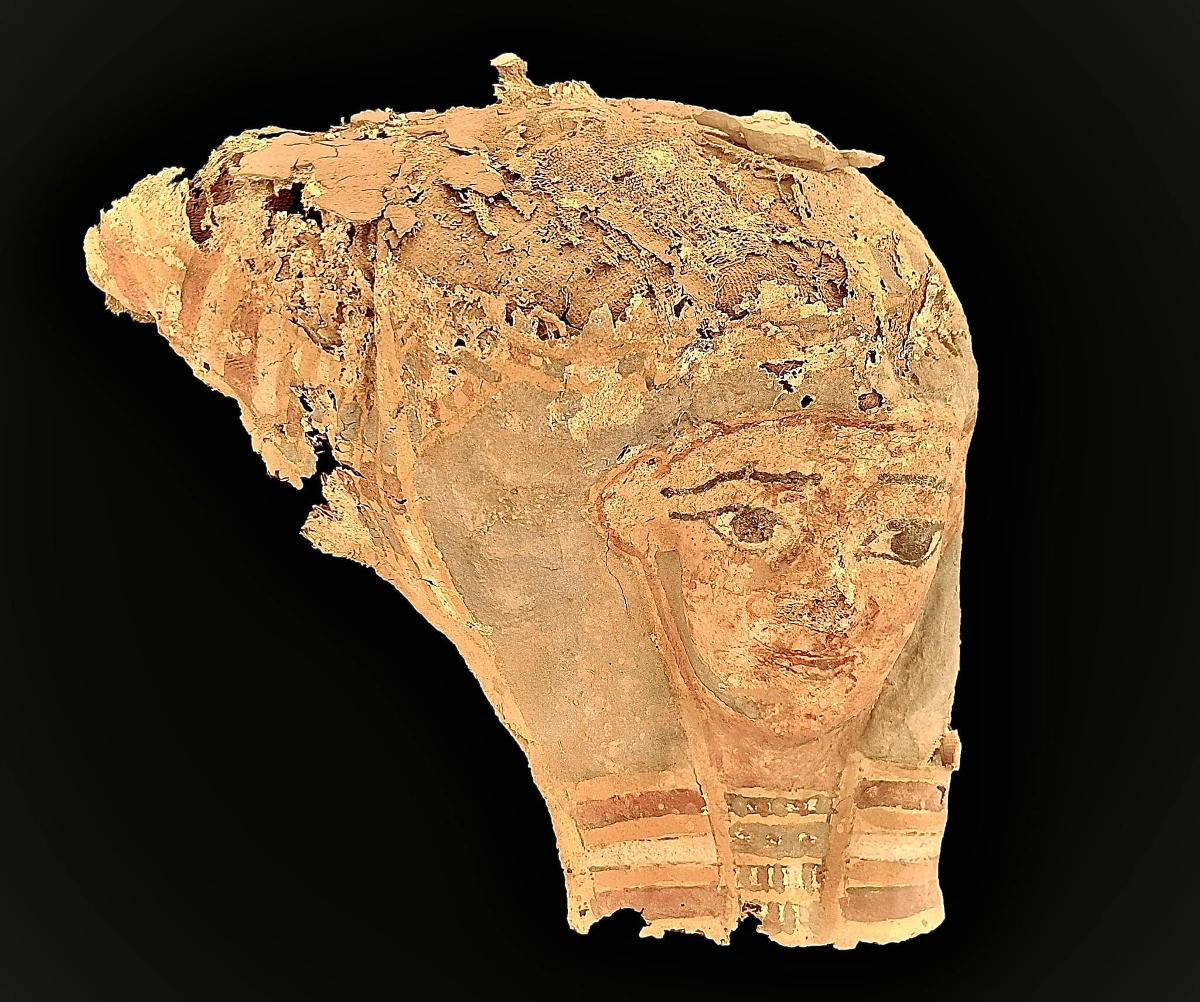
Source: Egyptian Ministry of Tourism and Antiquities
“It was a rich place, an important place,” she said. “All the people who intended to make trade between Northern Africa and subtropical Africa, this was the place [for them] and it was a place for all the history of ancient Egypt.”
Feasts to Honor the Deceased
Regarding how the tombs may have looked thousands of years ago, Piacentini detailed how feats would have been held within the necropolis to honor the dead.

Source: Freepik
“We can imagine how spectacular it was when, for example, during the [mourners’] feast, all these tombs were illuminated,” said the researcher.
Newborns Discovered Within the Tombs
During their investigations, researchers were shocked to discover that as much as 40% of the mummies belonged to children ranging from newborns to 2-year-olds.
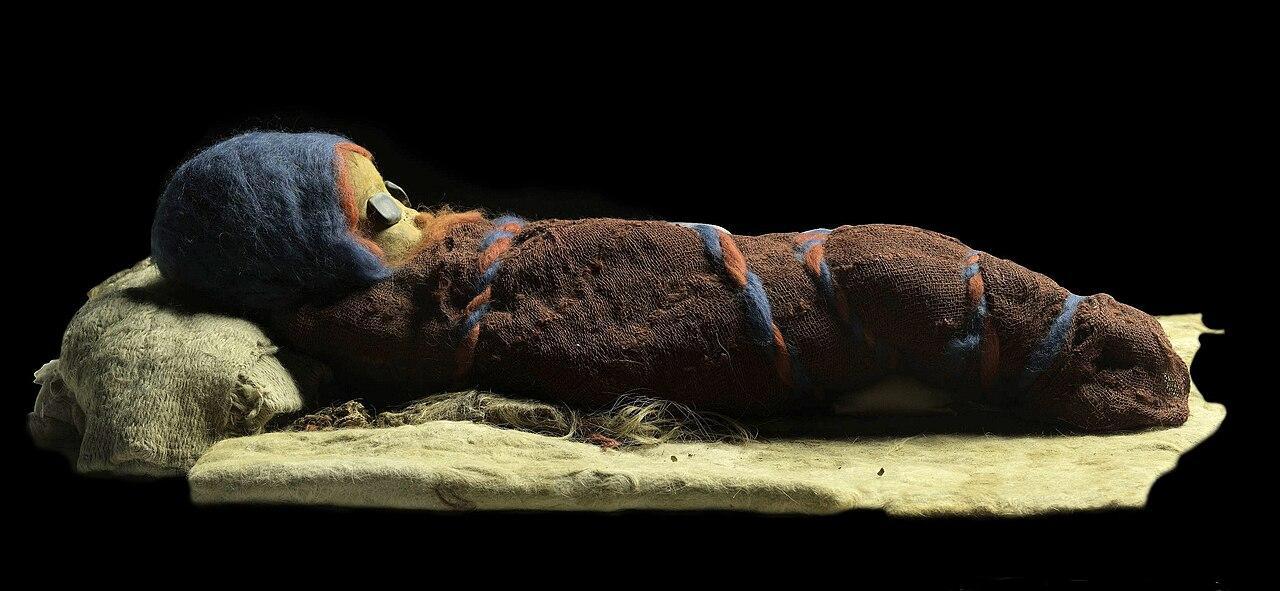
Source: Wikimedia
“We found many families, in fact, mother, father, and children,” Piacentini said. “Probably there was some infection that killed the family, or one died after another.”
Unusual Discovery Within the Tomb
One unusual find within the tomb that caught the researchers’ attention was the discovery of two young bodies glued together within a stone coffin.
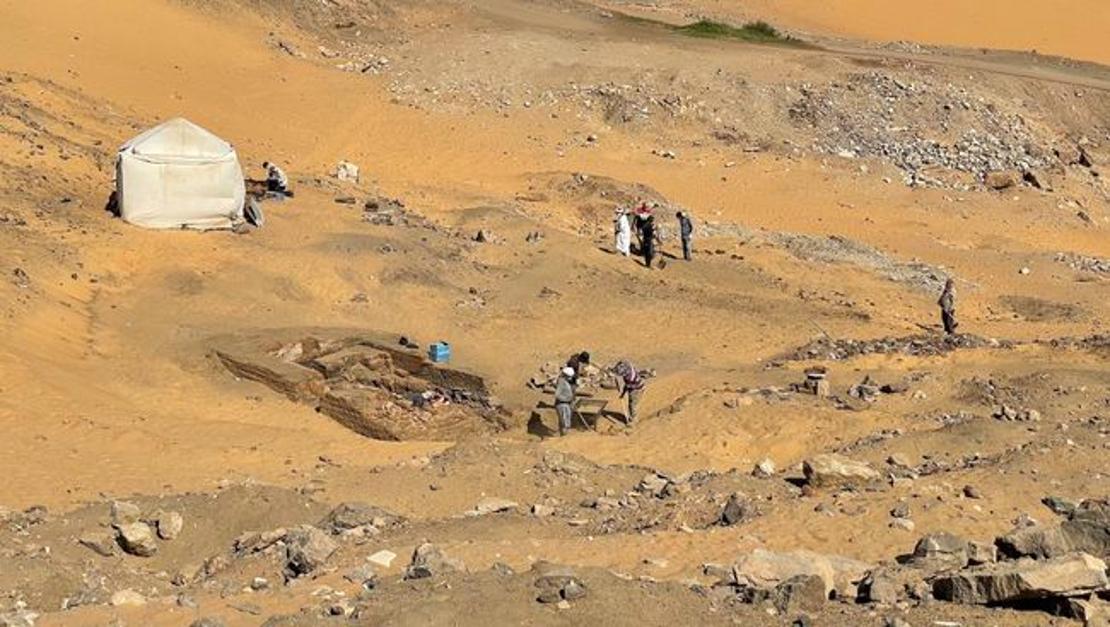
Source: Egyptian Ministry of Tourism and Antiquities
Initial thoughts suggest this could have been some kind of burial ritual. The researchers plan to conduct further studies on the pair to discern if they had a genetic relation, explained Abdul Moneim Saeed, the director of the archaeological mission for the Egyptians.
Archaeologists Team Up With Doctors
To gain further insight into the deaths of the individuals buried in the tombs, the team of archaeologists teamed up with doctors at the University Hospital in Aswan.

Source: Wikimedia
They conducted X-ray scans on many of the mummified bodies and conducted CT scans and DNA analyses. The results of the study showed infectious diseases, and anemia were the leading causes of death during that era.
Egyptian Mummies With Tuberculosis
After carefully examining the backbones of several of the mummies, the doctors also concluded that many suffered from tuberculosis, a disease that may have killed entire families.
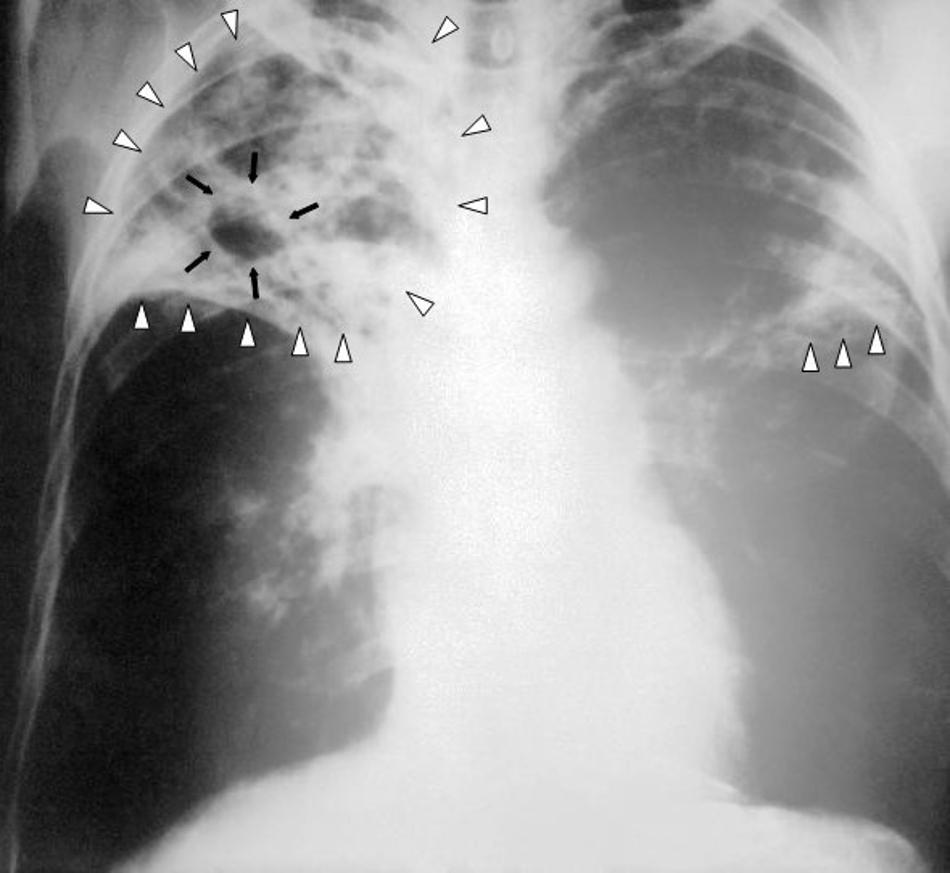
Source: Wikimedia
The team of researchers will conduct further studies in an attempt to better understand the diseases that infected and killed people during the period of ancient Egyptian history.
The Dispersal of Classes
During a press statement shared by Egypt’s Ministry of Tourism and Antiquities to Facebook, Dr. Saeed detailed the dispel of burials in accordance with class.
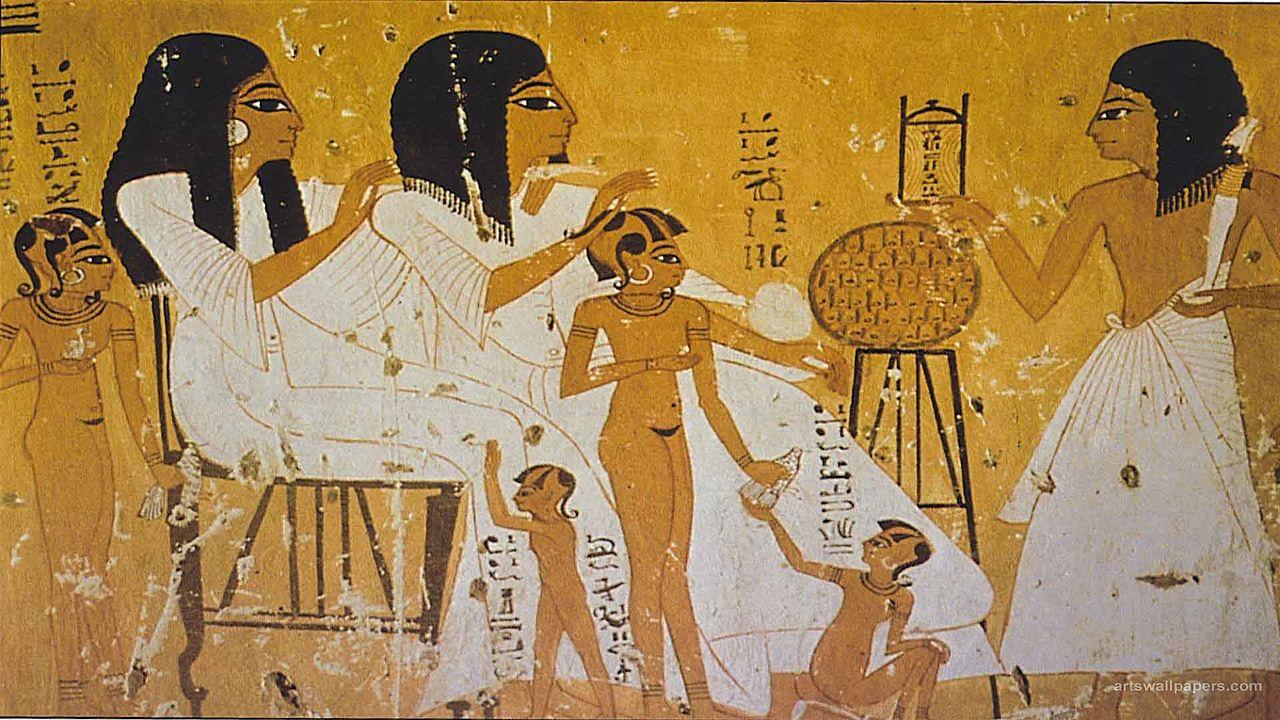
Source: Wikimedia
“The middle class of Aswan islanders was probably buried in this part of the cowardice, while the upper part of the cowards was allocated for burial of the upper class,” he said.
Very Promising and Exceptional Discoveries Found West of Aswan
Piacentini explained that the discoveries at the site near Aswan are “exceptional” and “very promising, with many, many new aspects we are trying to understand.”
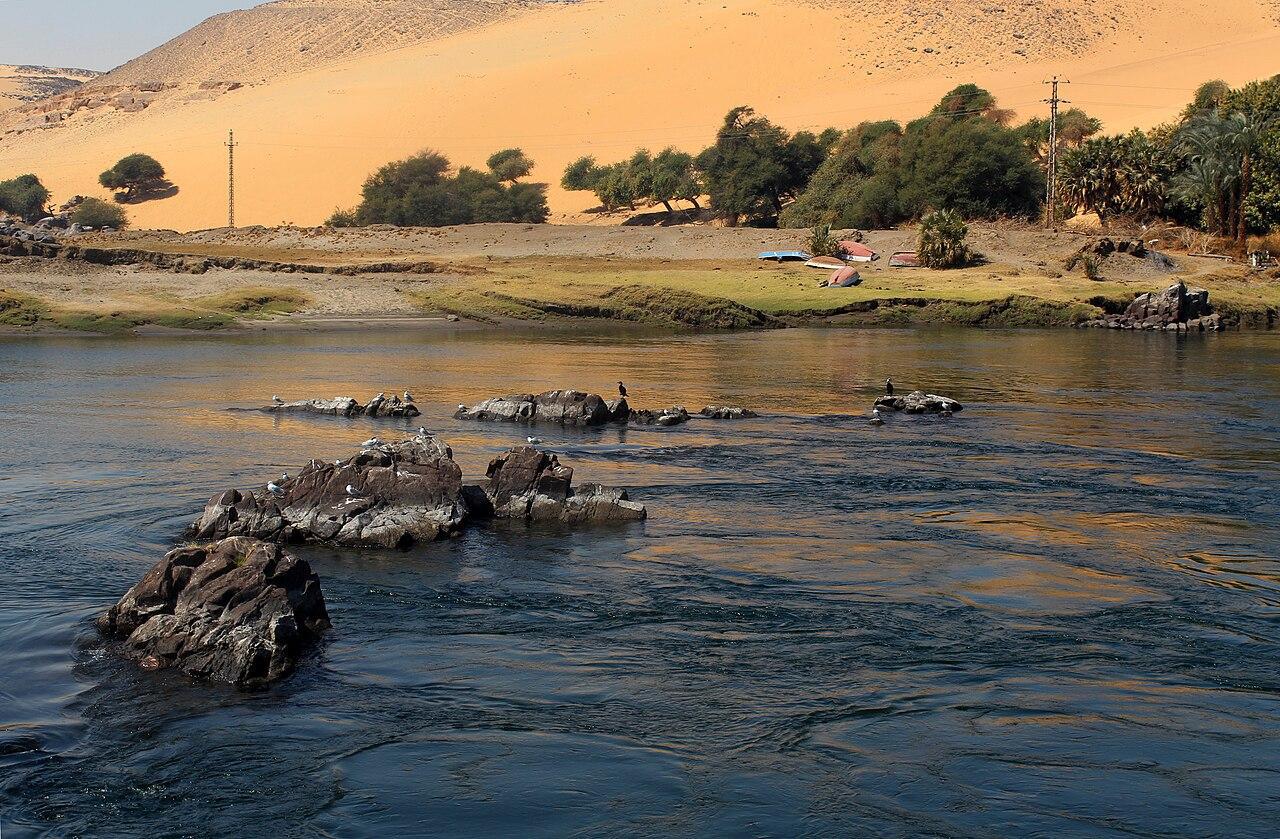
Source: Wikimedia
Researchers will continue investigating the site in an attempt to better understand the diverse population groups that called this part of ancient Egypt home. As of June 2024, they had unearthed around 300 tombs in a necropolis covering an area of around 215,000 square feet.
